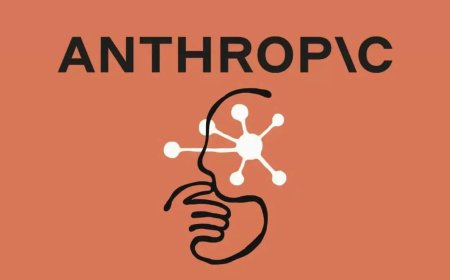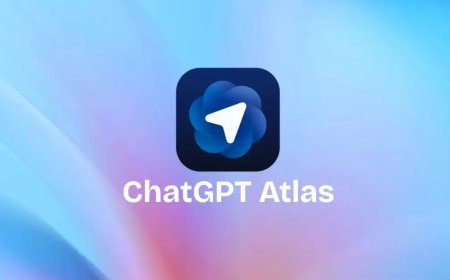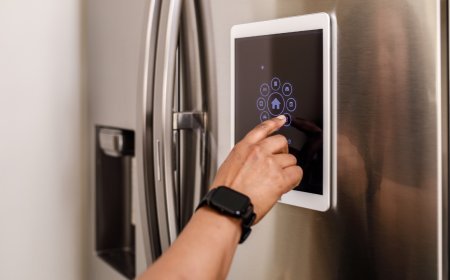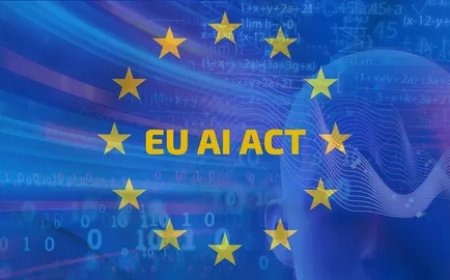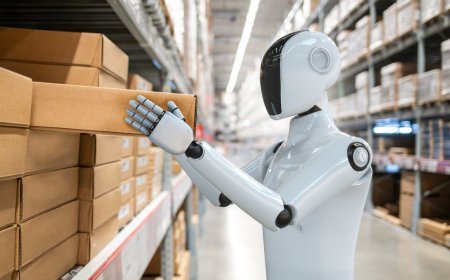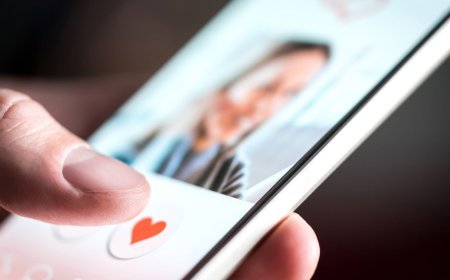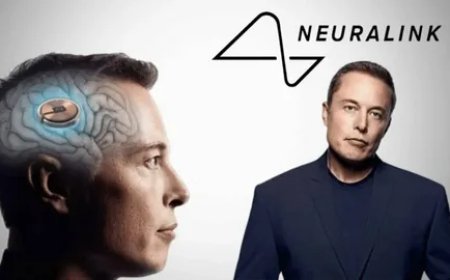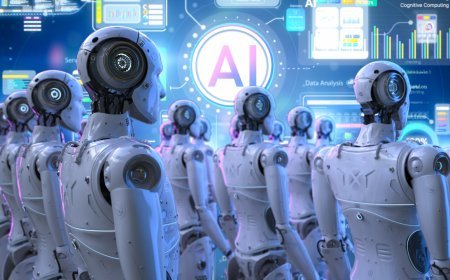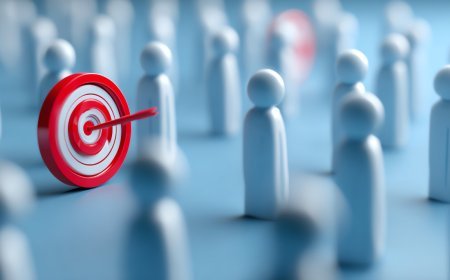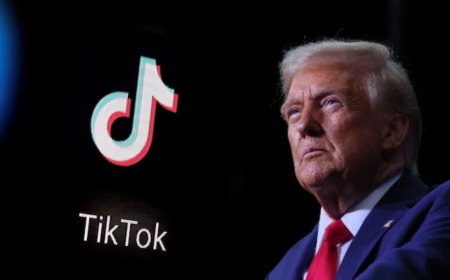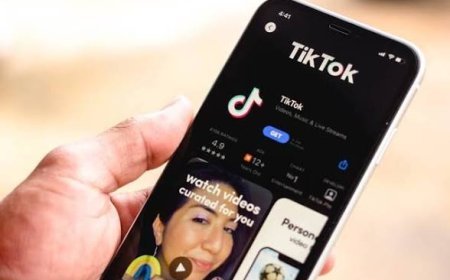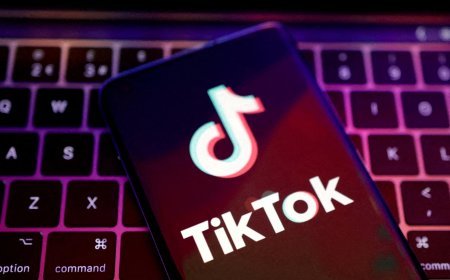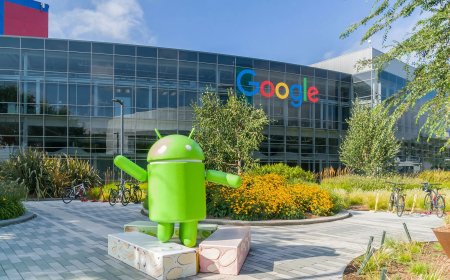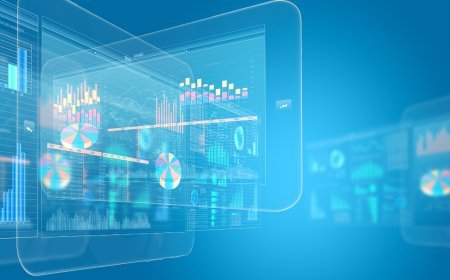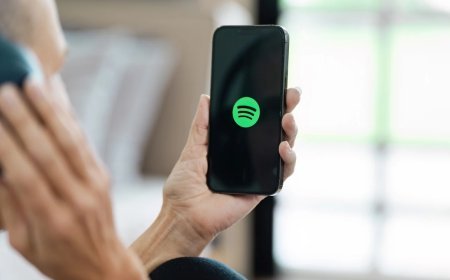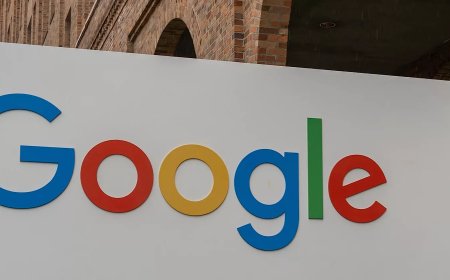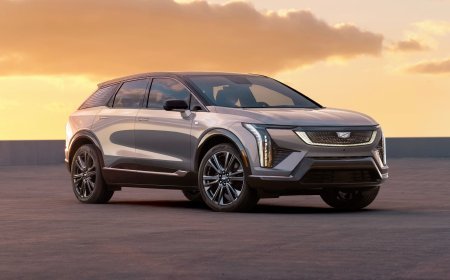AI-Powered Ads: How Artificial Intelligence Is Rewriting the Rules of Digital Marketing
AI-Powered Ads: How Artificial Intelligence Is Rewriting the Rules of Digital Marketing
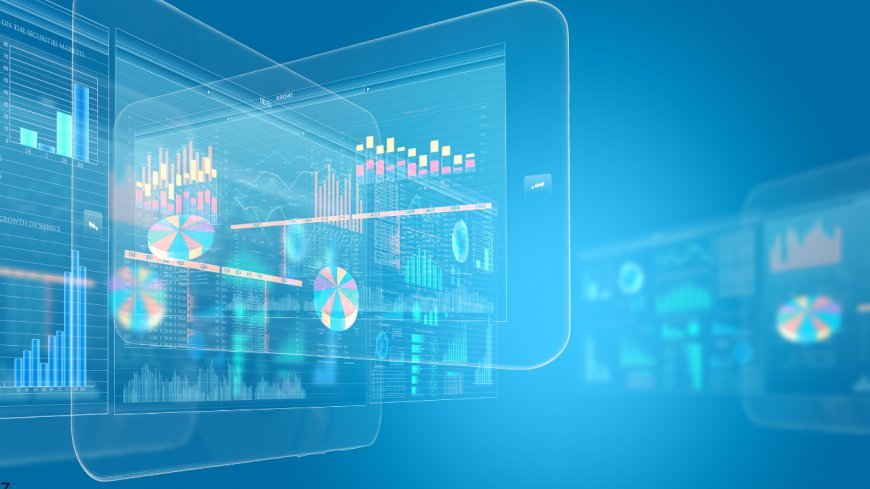
Digital marketing is in the middle of a revolution, and the driving force is artificial intelligence (AI). For years, advertisers relied on gut instincts, A/B testing, and consumer surveys to refine their campaigns. Today, however, AI-powered advertising platforms can process millions of data points in seconds, predict consumer behavior, and deliver hyper-personalized ads with astonishing accuracy.
This isn’t just a small improvement—it’s a paradigm shift. AI-powered ads are reshaping the way brands connect with audiences, optimize spending, and measure success. From Google’s Performance Max campaigns to Meta’s Advantage+ tools and emerging generative AI systems, the role of AI in advertising is only growing.
So, how exactly is AI rewriting the rules of digital marketing? Let’s dive into the mechanics, benefits, challenges, and future of AI-powered advertising.
The Rise of AI in Advertising
AI’s role in advertising has evolved over time:
-
Early Automation
Simple AI was used to automate bid adjustments in Google Ads or suggest audience segments on Facebook. -
Predictive Analytics
Machine learning models began forecasting which users were most likely to click, purchase, or engage. -
Personalization at Scale
AI can now craft individualized ad experiences for millions of people simultaneously. -
Generative AI
Tools like ChatGPT, MidJourney, and DALL·E can produce ad copy, visuals, and video content—redefining creative processes.
These advancements mean marketers are no longer limited to human capacity or small test groups. They can launch smarter, more adaptive campaigns at a global scale.
How AI-Powered Ads Work
At its core, AI advertising uses data-driven learning models to improve targeting, creative, and optimization. Here’s how the process unfolds:
-
Data Collection
AI systems analyze browsing history, demographics, purchase patterns, device type, time of day, and more. -
Segmentation and Targeting
Instead of broad demographics, AI creates micro-segments based on intent and behavior, sometimes down to an individual level. -
Predictive Modeling
Algorithms predict how likely a user is to click, convert, or churn, then adjust campaigns accordingly. -
Creative Generation
Generative AI tools write ad copy, design images, or edit videos that resonate with different audience segments. -
Optimization
Real-time feedback loops allow AI to reallocate budget, refine targeting, and adjust creatives automatically. -
Performance Measurement
AI interprets which ads work best, why they succeed, and how to replicate results.
The result? Campaigns that are faster, cheaper, and more effective than ever before.
The Key Advantages of AI-Powered Ads
1. Hyper-Personalization
AI can deliver a unique ad experience to each user. For example, one person might see an ad with bold humor, while another gets a straightforward message—both generated by the same campaign engine.
2. Smarter Targeting
Traditional targeting relies on age, gender, or location. AI digs deeper—analyzing browsing intent, purchase cycles, and hidden correlations.
3. Cost Efficiency
By automatically reallocating ad spend toward high-performing campaigns, AI reduces wasted budgets and improves ROI.
4. Real-Time Adaptation
Markets shift quickly. AI-powered systems respond instantly, adjusting bids, creatives, and targeting on the fly.
5. Enhanced Creativity
Generative AI enables endless variations of headlines, visuals, and calls-to-action, testing creative angles humans might never consider.
6. Predictive Customer Insights
AI doesn’t just tell you what happened—it tells you what will happen. Predictive insights allow brands to anticipate trends and act proactively.
Use Cases of AI in Digital Advertising
1. Google Ads: Performance Max
Performance Max campaigns use AI to allocate budget across YouTube, Search, Display, and Gmail. Marketers provide creative assets, and AI decides which combination works best for each audience.
2. Meta Ads: Advantage+ Shopping
Facebook and Instagram’s Advantage+ system uses AI to generate variations of ads and optimize placements, often outperforming manual campaigns.
3. Programmatic Advertising
Platforms like The Trade Desk rely on AI to purchase ad impressions in milliseconds, ensuring brands reach the right person at the right time.
4. Dynamic Creative Optimization (DCO)
AI assembles ad components—images, headlines, CTAs—in real-time to match the user’s profile. For example, two users browsing the same site may see entirely different ads from the same brand.
5. Chatbots and Conversational Ads
AI-driven conversational ads allow users to interact with brands directly inside ad units, improving engagement and conversion rates.
6. Voice and Smart Assistants
AI-powered ads are expanding into voice searches and smart home devices, opening new frontiers for marketers.
The Role of Generative AI in Advertising
The biggest recent leap in AI advertising comes from generative AI. Instead of just optimizing existing ads, these tools create entirely new ones.
-
Text Generation: Tools like ChatGPT write ad copy, email sequences, and landing pages tailored for different audiences.
-
Image Generation: MidJourney and DALL·E produce visuals for ad creatives, eliminating the need for stock photography.
-
Video Creation: AI video platforms can create professional-quality ads in minutes, cutting production costs dramatically.
For example, a brand could run 1,000 ad variations across markets, with AI writing localized copy and designing visuals to suit cultural preferences—all at a fraction of the cost of a traditional agency campaign.
Challenges of AI-Powered Ads
Despite the hype, AI advertising isn’t perfect.
-
Privacy Concerns
AI relies heavily on data. With growing scrutiny over data privacy (GDPR, CCPA), marketers must ensure compliance. -
Bias in Algorithms
AI models can unintentionally reinforce stereotypes or exclude certain groups if trained on biased data. -
Over-Automation
Relying too heavily on AI may reduce human creativity. Marketers risk blending into a sea of machine-generated sameness. -
Transparency Issues
AI systems often operate as “black boxes.” Marketers may struggle to explain why certain ads worked or failed. -
Regulatory Barriers
Governments are beginning to regulate AI use in advertising. Compliance will be critical as policies tighten.
The Human + AI Partnership
AI won’t replace marketers—it will augment them. Humans bring strategy, creativity, and ethical judgment. AI brings scale, precision, and speed.
The most successful campaigns will come from collaboration:
-
Humans define the brand voice, values, and creative direction.
-
AI executes, optimizes, and scales campaigns beyond human limits.
Think of AI as the engine, and marketers as the drivers.
The Future of AI-Powered Ads
Looking ahead, we can expect several trends:
-
Full-Funnel Automation
AI will manage the entire journey, from awareness ads to personalized post-purchase recommendations. -
Emotional AI
Systems will detect user emotions (via tone, facial recognition, or biometrics) and adjust ad delivery accordingly. -
Zero-Click Ads
AI-powered ads will integrate seamlessly into experiences—voice assistants booking services, AR ads blending into real-world environments. -
Self-Optimizing Campaigns
Marketers may soon launch campaigns that fully design, test, and scale themselves with minimal human input. -
Ethical AI Standards
To build trust, companies will adopt transparent AI guidelines, ensuring fairness and inclusivity in ad delivery.
Case Studies
Case 1: eCommerce Brand Using Google Performance Max
A mid-sized fashion retailer ran a Performance Max campaign. AI analyzed user behavior across Search, YouTube, and Display, reallocating budget to high-converting audiences. Result: 35% increase in ROAS within three months.
Case 2: Generative AI in Creative Production
A consumer electronics company used generative AI to produce 200 ad creatives tailored for different languages and regions. Campaign costs dropped by 40%, while click-through rates improved by 22%.
Case 3: AI-Powered Dynamic Creative Optimization
A food delivery service used AI to show different ads to late-night vs. daytime users. Conversions improved by 50%, proving the value of personalization.
Ethical and Societal Considerations
AI-powered advertising raises important ethical questions:
-
Manipulation vs. Persuasion: At what point does hyper-personalization become exploitative?
-
Digital Divide: Smaller businesses may lack access to advanced AI tools, creating inequality.
-
Consumer Trust: Brands must balance personalization with respect for privacy to maintain long-term relationships.
Addressing these issues will be key to sustainable adoption of AI in marketing.
Conclusion
Artificial intelligence is not just another tool—it’s a fundamental rewrite of the rules of digital marketing. With its ability to analyze vast amounts of data, predict behavior, personalize at scale, and generate creative content, AI is transforming ads into smarter, faster, and more effective campaigns.
But this revolution comes with responsibilities. Marketers must navigate privacy, ethics, and bias while ensuring humans remain central to creativity and strategy.
The future of advertising belongs to those who embrace the AI + human partnership. Together, they can build campaigns that are not only efficient but also authentic, meaningful, and resonant in an increasingly AI-driven world.
What's Your Reaction?
 Like
0
Like
0
 Dislike
0
Dislike
0
 Love
0
Love
0
 Funny
0
Funny
0
 Angry
0
Angry
0
 Sad
0
Sad
0
 Wow
0
Wow
0




